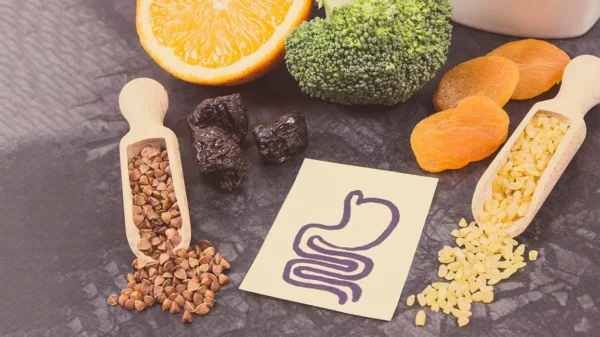Having radiant and glowing skin is something that many of us strive for. One of the key steps in achieving this is through exfoliation. By removing dead skin cells and unclogging pores, exfoliation helps to reveal fresh, healthy skin underneath. In recent years, there have been several exciting advancements in exfoliation techniques that can take your skincare routine to the next level. Let’s explore some of the latest and most effective exfoliation methods that will leave your skin looking radiant.
Chemical Exfoliation
Chemical exfoliation has gained popularity in recent years due to its effectiveness and versatility. This technique involves using chemical compounds, such as alpha-hydroxy acids (AHAs) or beta-hydroxy acids (BHAs), to gently dissolve the bonds between dead skin cells and the surface of the skin. Unlike physical exfoliation, which involves scrubbing the skin, chemical exfoliation is a more gentle and controlled process.
AHAs, such as glycolic acid and lactic acid, are water-soluble and work to exfoliate the surface of the skin. They are particularly effective in treating sun damage, hyperpigmentation, and fine lines. BHAs, such as salicylic acid, are oil-soluble and penetrate deeper into the pores, making them ideal for treating acne-prone or oily skin.
Microdermabrasion
Microdermabrasion is a non-invasive exfoliation technique that uses a handheld device to spray tiny crystals onto the skin. These crystals gently remove the outer layer of dead skin cells, revealing smoother and more youthful-looking skin. Microdermabrasion is particularly effective in reducing the appearance of fine lines, wrinkles, and acne scars.
One of the advantages of microdermabrasion is that it can be customized to suit different skin types and concerns. The intensity of the treatment can be adjusted based on the individual’s needs, making it suitable for even the most sensitive skin.
Dermaplaning
Dermaplaning is a technique that involves using a sterile surgical scalpel to gently scrape away the outer layer of dead skin cells and fine facial hair. This exfoliation method not only leaves the skin looking smoother and more radiant but also allows for better absorption of skincare products.
Dermaplaning is particularly beneficial for those with dry or rough skin, as it helps to improve the texture and tone of the skin. It is a safe and effective treatment that can be done by a skincare professional.
Enzyme Exfoliation
Enzyme exfoliation is a gentle and natural method of exfoliating the skin. It involves using fruit enzymes, such as papaya or pineapple, to break down the proteins that hold dead skin cells together. This type of exfoliation is suitable for all skin types, including sensitive skin.
Enzyme exfoliation not only removes dead skin cells but also delivers essential vitamins and nutrients to the skin, promoting a healthy and youthful complexion. It is a great option for those who prefer a more natural approach to skincare.
Conclusion
With the advancements in skincare technology, there are now more options than ever before when it comes to exfoliation techniques. Whether you prefer chemical exfoliation, microdermabrasion, dermaplaning, or enzyme exfoliation, there is a method that will suit your skin type and concerns.
Remember, exfoliation is an important step in any skincare routine, but it is essential to choose the right technique for your skin. If you are unsure which method is best for you, consult with a skincare professional who can guide you in selecting the most suitable exfoliation technique for your needs.
By incorporating these latest exfoliation techniques into your skincare routine, you can achieve the radiant and glowing skin you’ve always dreamed of.



































